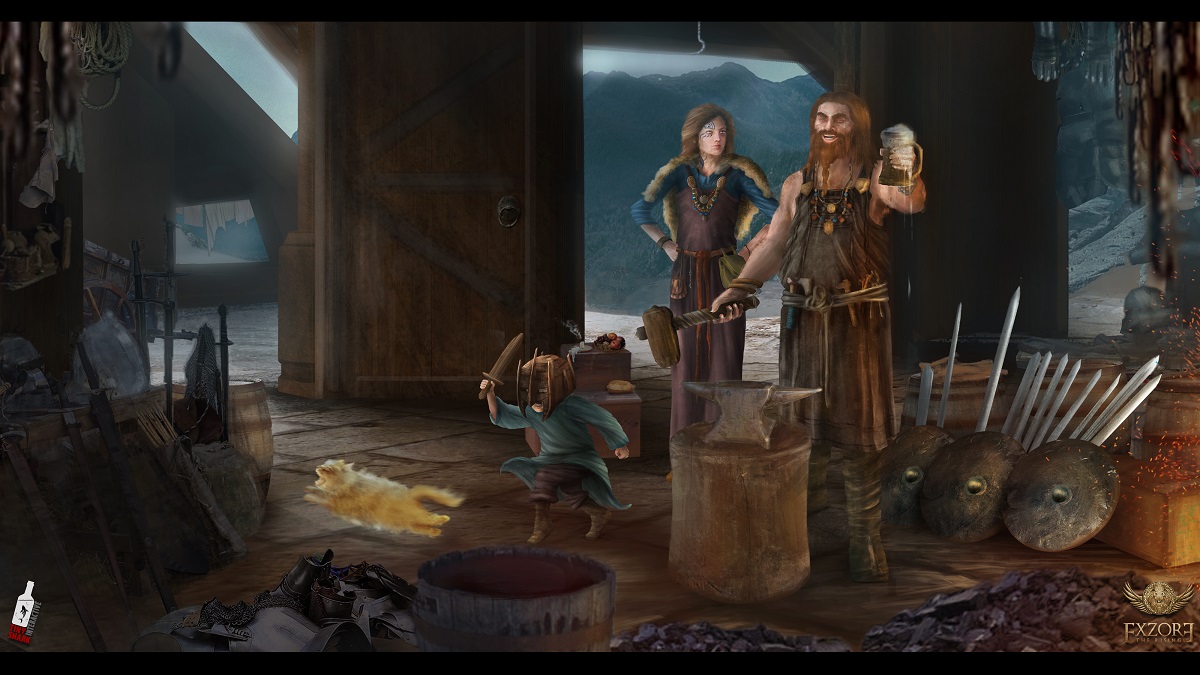Exore: The Rising caught my attention not for being a role-playing game. I get pitched on several a day, so ideas needs to stand out. And Exore’s did with its the factions. My mind went straight to Planescape, the 1990s Dungeons & Dragons setting in which factions played a major role in the how the multiverse worked.
I adored those factions. And while Exore’s low-fantasy RPG isn’t Planescape, the difference choices players might make in a realm where a group of factions pulls the strings intrigues me.

Unlock premium content and VIP community perks with GB M A X!
Join now to enjoy our free and premium membership perks.
![]()

![]()